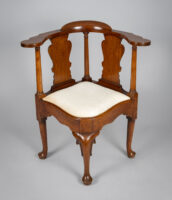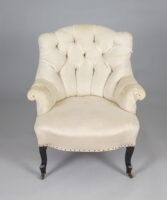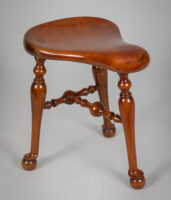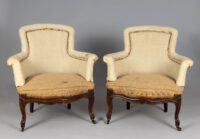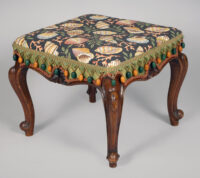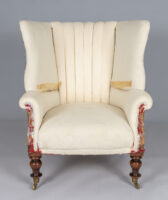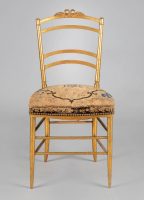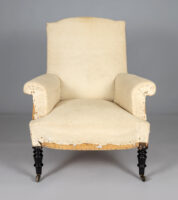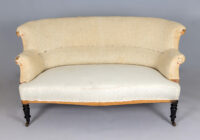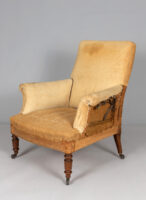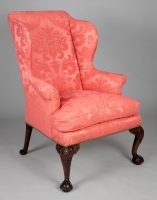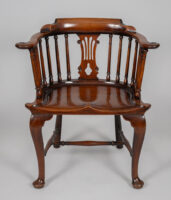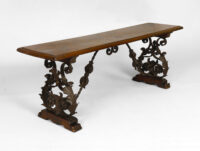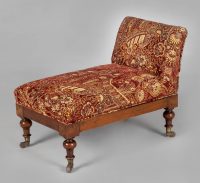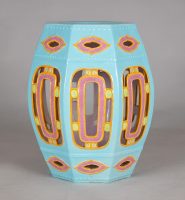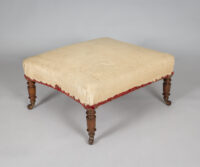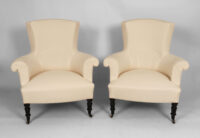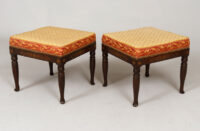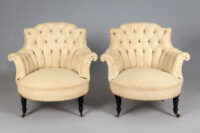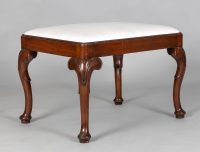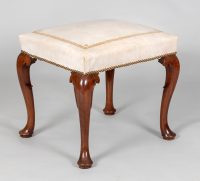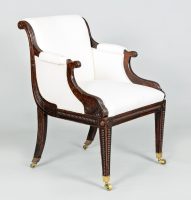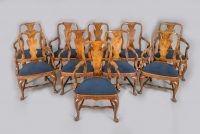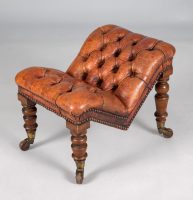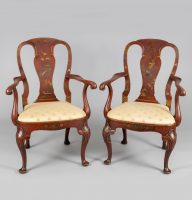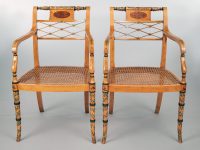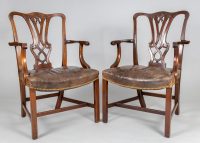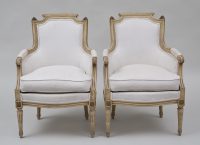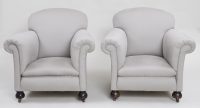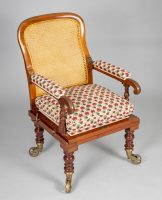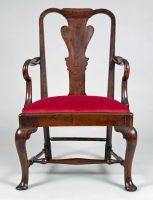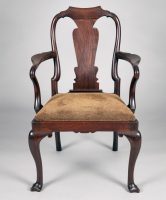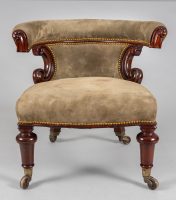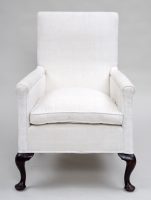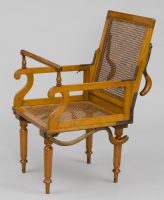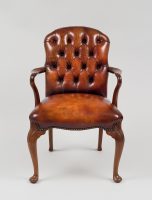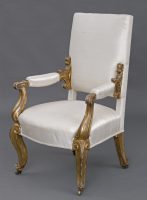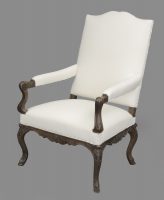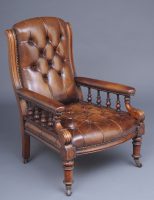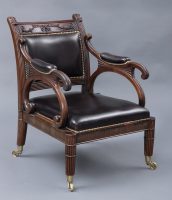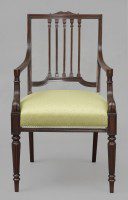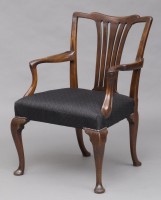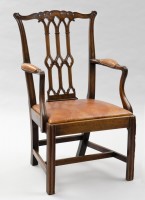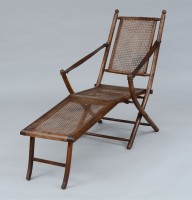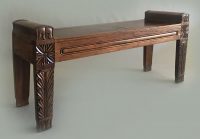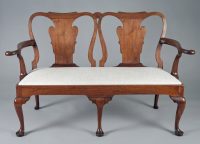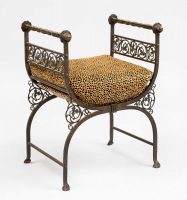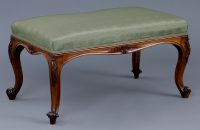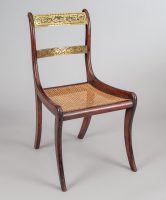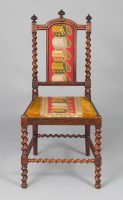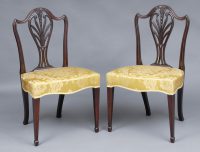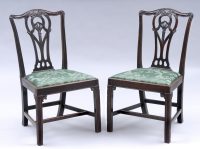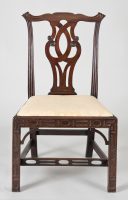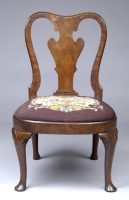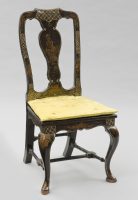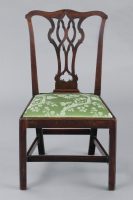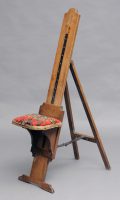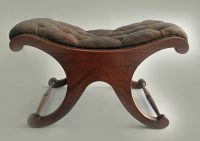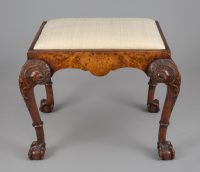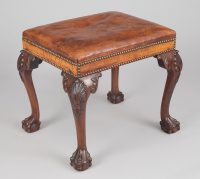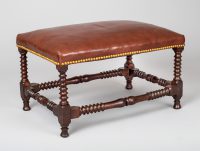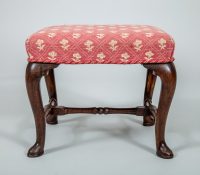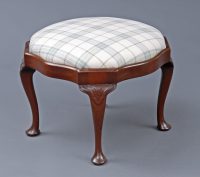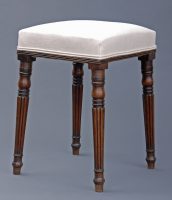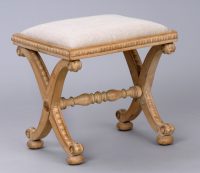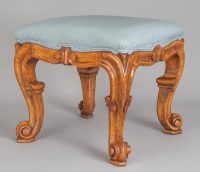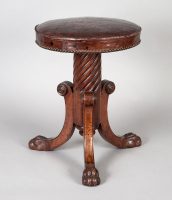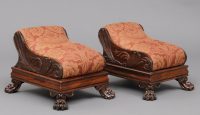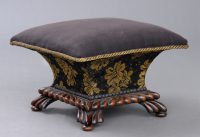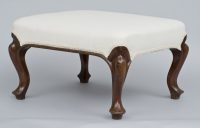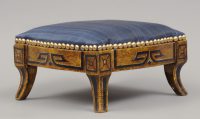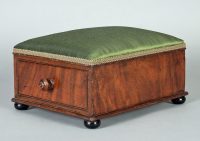Seating
Everybody wants to be comfortable.
What could be better than sitting by the fireplace reading or having an interesting conversation in an upholstered club chair or sofa. The chair developed from the stool. The ancient Egyptians were responsible for developing the stool and from it the chair. The Greeks invented the klismos chair in the 5th century. It consisted of curved legs and a curved back and became the classic chair style of all time. It took two thousand years for seat furniture with backs and arms to reappear again in the 16th century and then they were a rarity. They were used by the head of the household, were symbols of authority and the commoners would sit on stools.
The most common type of stool before the 17th century was the oak, pegged, joined stool that might have had carved decoration around the frieze and had turned legs. After this period there was a greater demand for comfort. Chairs designs owe their developments through the time periods to foreign influences such as France and the reign of Louis XIV, XV and XVI. The designs were sumptuous and lavish on a grand scale. The typical French chair had a gilded wood frame, oval back, wide comfortable seat, sloping arm supports, round reeded legs and was upholstered in an elegant woven tapestry.
Chair designs were influenced by the fashions and tastes of the upper class and their cabinetmakers. The 18th century saw the development of the Chippendale (1718–1779) chair with its ornate interlaced back splat, stylish arms and chamfered square or cabriole legs ending in either the pad foot or the ball and claw foot. Along came George Hepplewhite (1727 – 1786), Thomas Sheraton (1751 – 1806) and Robert Adam (1728 – 1792) who all made the chair much lighter in feeling by making the frame and legs slimmer and more elegant.
The 18th century also saw an explosion of styles and shapes: side chairs, armchairs, wing chairs, bergeres, hall chairs, Windsor chairs, rocking chairs, dining chairs, library chairs, fauteuils, recliners, prayer chairs, to name just a few. Antique chairs are made from various woods and may be covered or upholstered in fabric or leather.
When buying an antique chair, you should always sit in it before purchasing, to make sure it’s comfortable. The chair should fit your body and especially your back. Chairs range in sizes, widths and heights. Also make sure the seat height is good for you. Library chairs tend to be low so that you can extend your legs. Chairs range in seat height from 16 to 19 inches. When buying a desk or writing table, the seat height of the desk chair is crucial.
Susan Silver Antiques has quite a variety of antique chairs in stock. Call me for more info: 413 229-8169.
 755 North Main Street, Route 7
755 North Main Street, Route 7